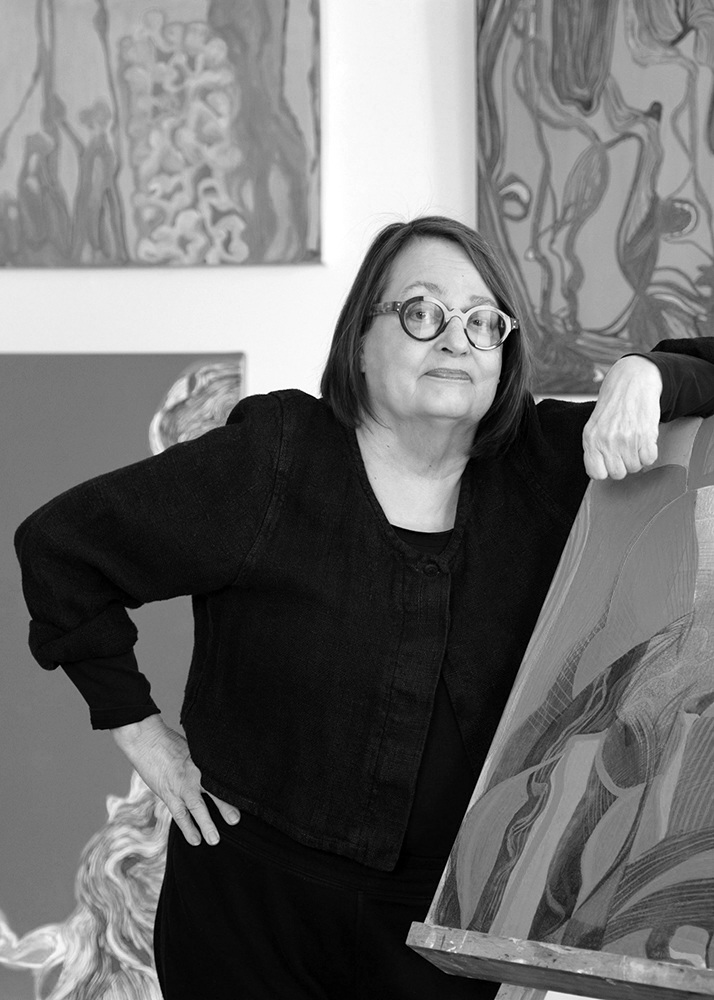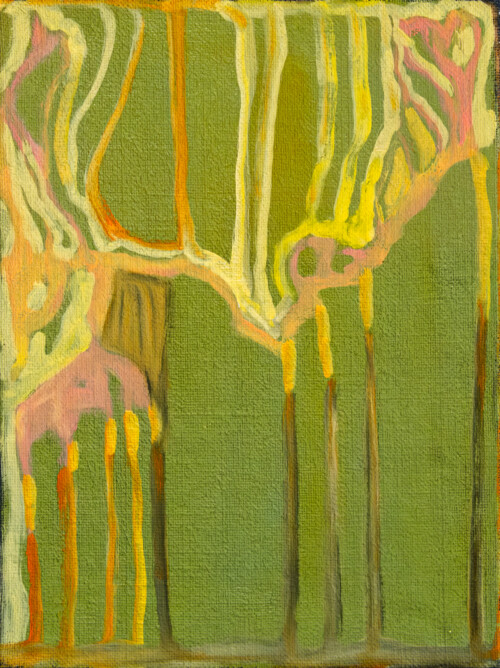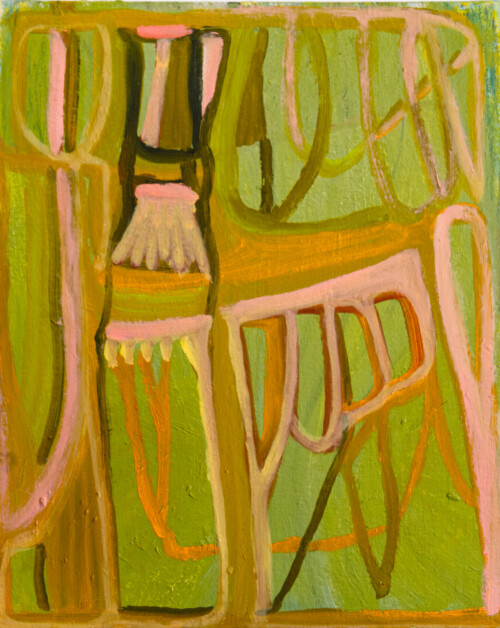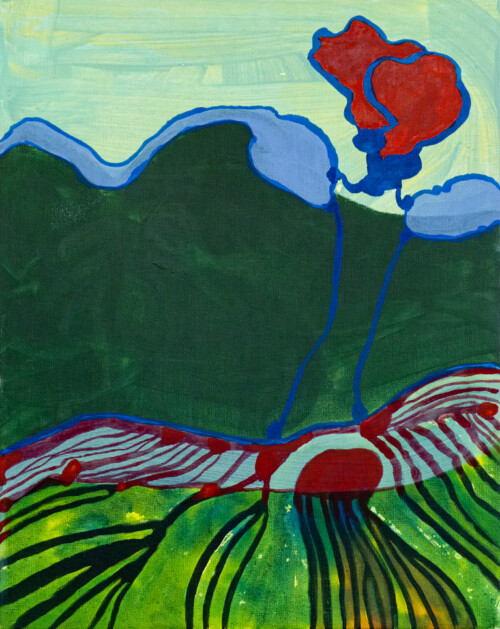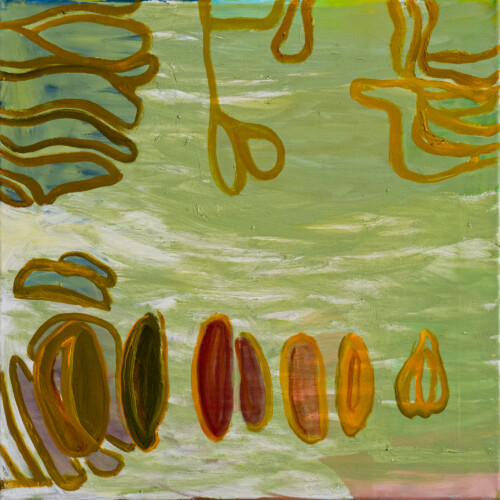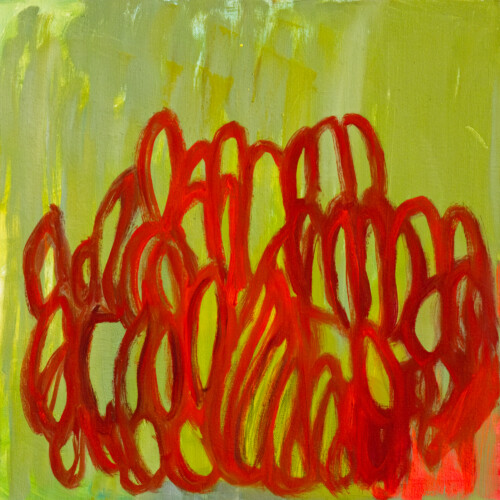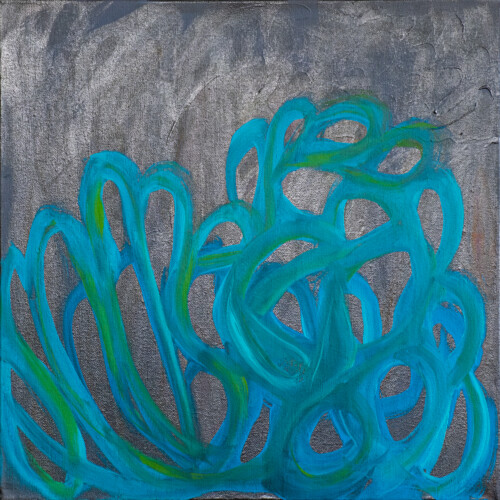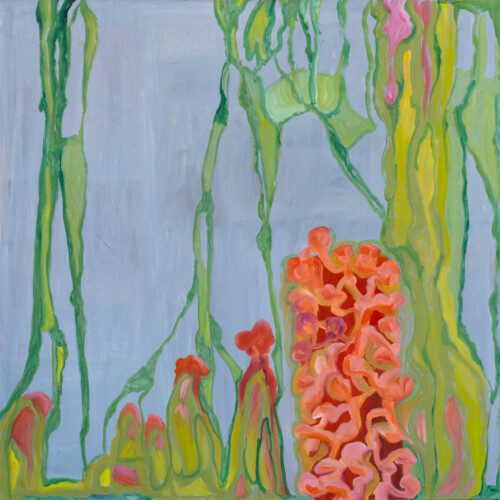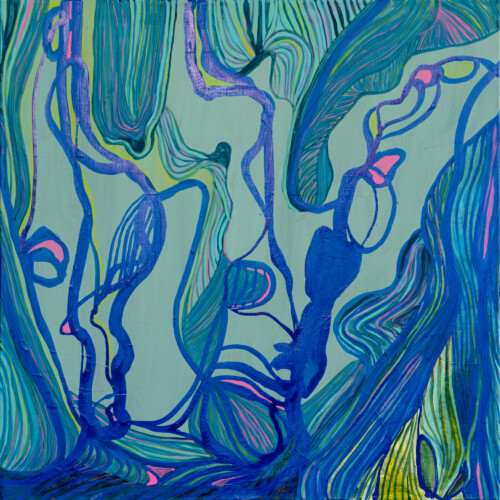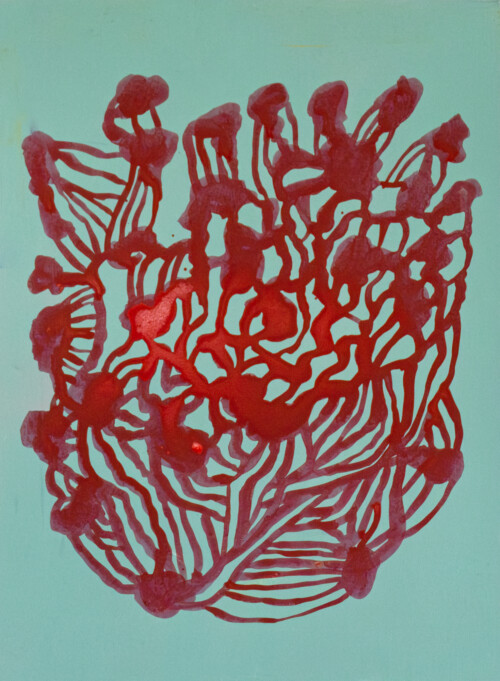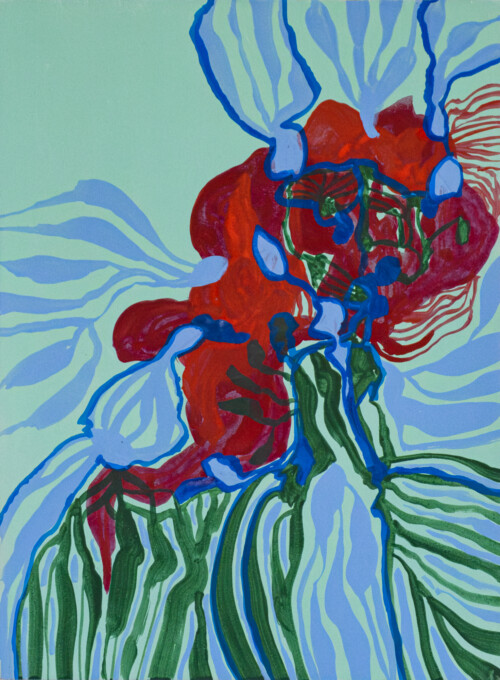BIOGRAPHY
Dr. Vuokko Takala-Schreib has a professional gaze of visual culture as she is also making research of visual culture. She criticized the Finnish design and art exhibition organisations and discourses of power in her doctoral dissertation in 2000. As a professor emerita of design, she now studies visual form languages and colors in her paintings. Upon her retirement she wrote a textbook of visual consuming, taste, form languages and gaze for Aalto University. In 2020 she co-foundered of an art gallery, Studio+Gallery Rio11, in Helsinki and works with young artists in exhibitions.
She has been painting art since childhood because her father was a self-taught artist and art painting was part of everyday activity in her family. She always desired to retire from paid work to paint only art.
CV
Vuokko Takala-Schreib is educated industrial designer (1982) at the University of Arts and Design Helsinki. After that she worked in her design studio (1985-1991) as an interior designer. Then she started her doctoral dissertation with a scholarship of Finnish Academy until 2000 at the University of Arts and Design Helsinki, Aalto University. As a Professor of Design Research (1997-2016) at the Seinäjoki University of Applied Sciences she was responsible of several research projects of design and visual culture.
Multiple publications between 1992-2016 in Universities and Research Conferences.
Solo exhibition 2018 in Lohja City Library
Group exhibitions between 2016-2021 in Lohja and Helsinki
STATEMENT
As an artist Vuokko is a colorist. She avoids atmospheric and feeling based expressions although affects and sensory experience are basic forces for her painting work.
She resists a common requirement of artist and designer to follow their “own expression line”, which narrows her research opportunities of different form languages. Based on poststructuralist philosophy and phenomenology Dr. Vuokko has created two kinds of form languages for art and design in creation process: poetic form language and discursive form language. Every culture has their own visual orders and discursive form language in which the meaning of art can be intertextually interpreted. Whereas artist creation process acts in poetic form language which is not clearly communicable in culture but depends on the artist’s drives and experiences in subconscious level.
